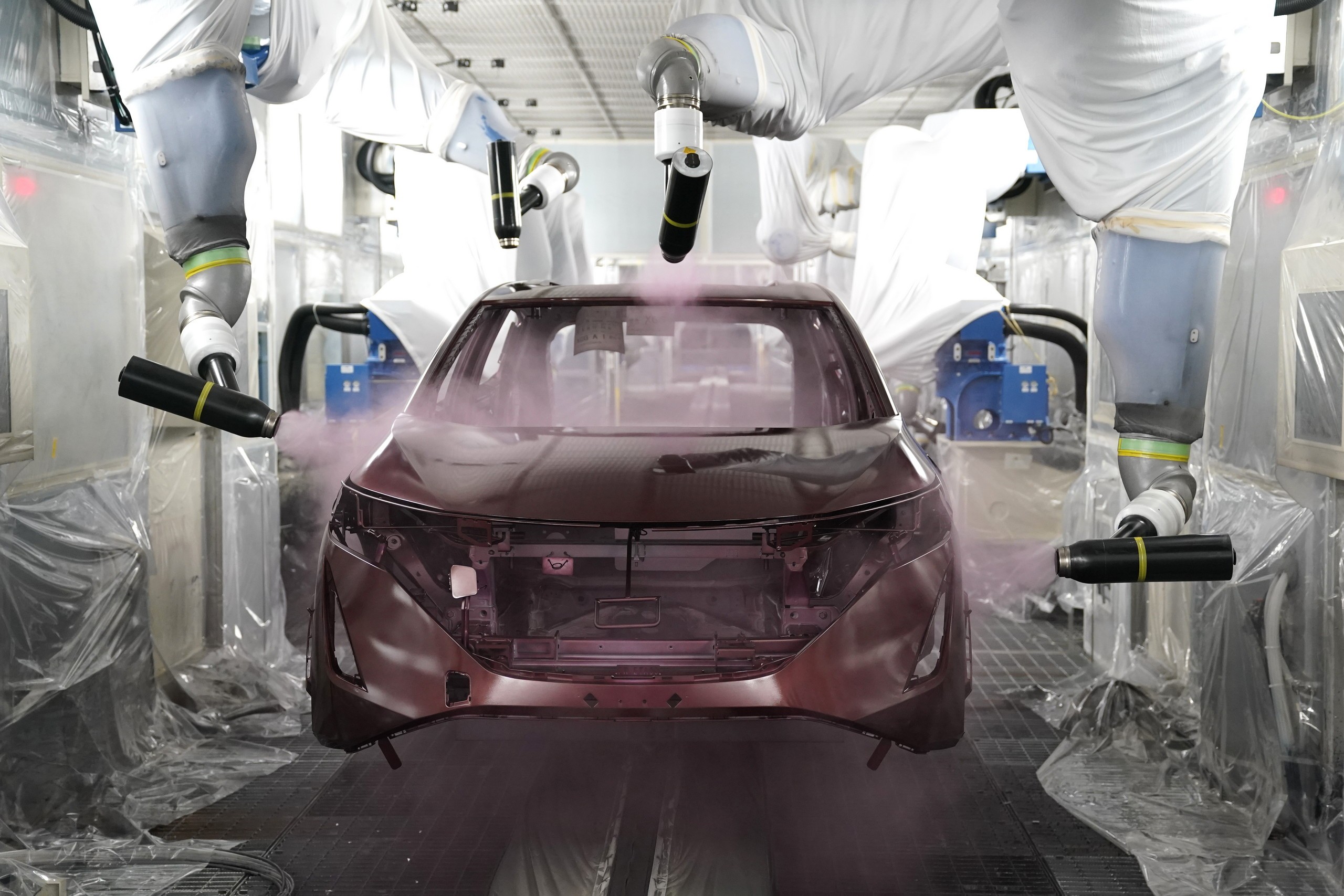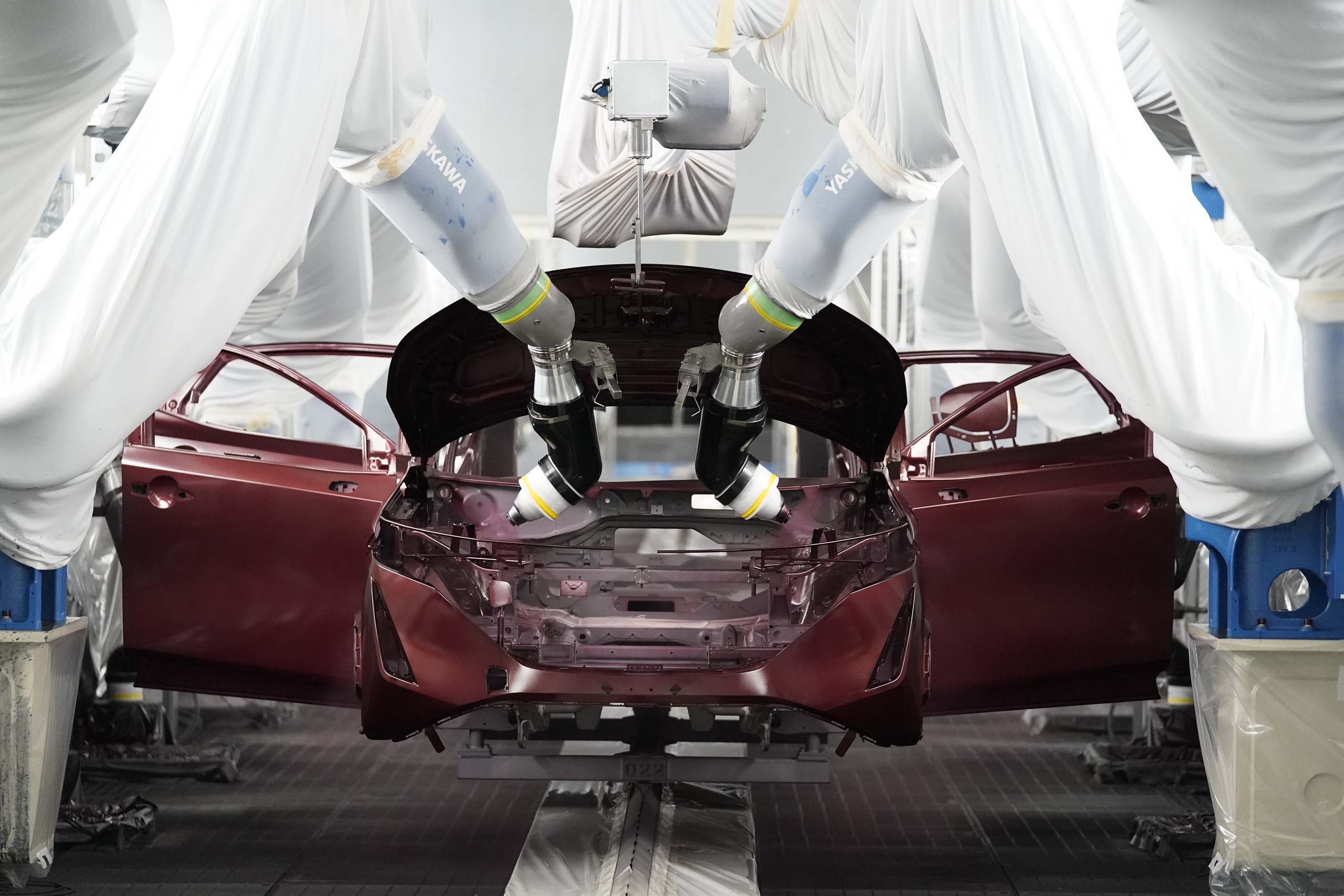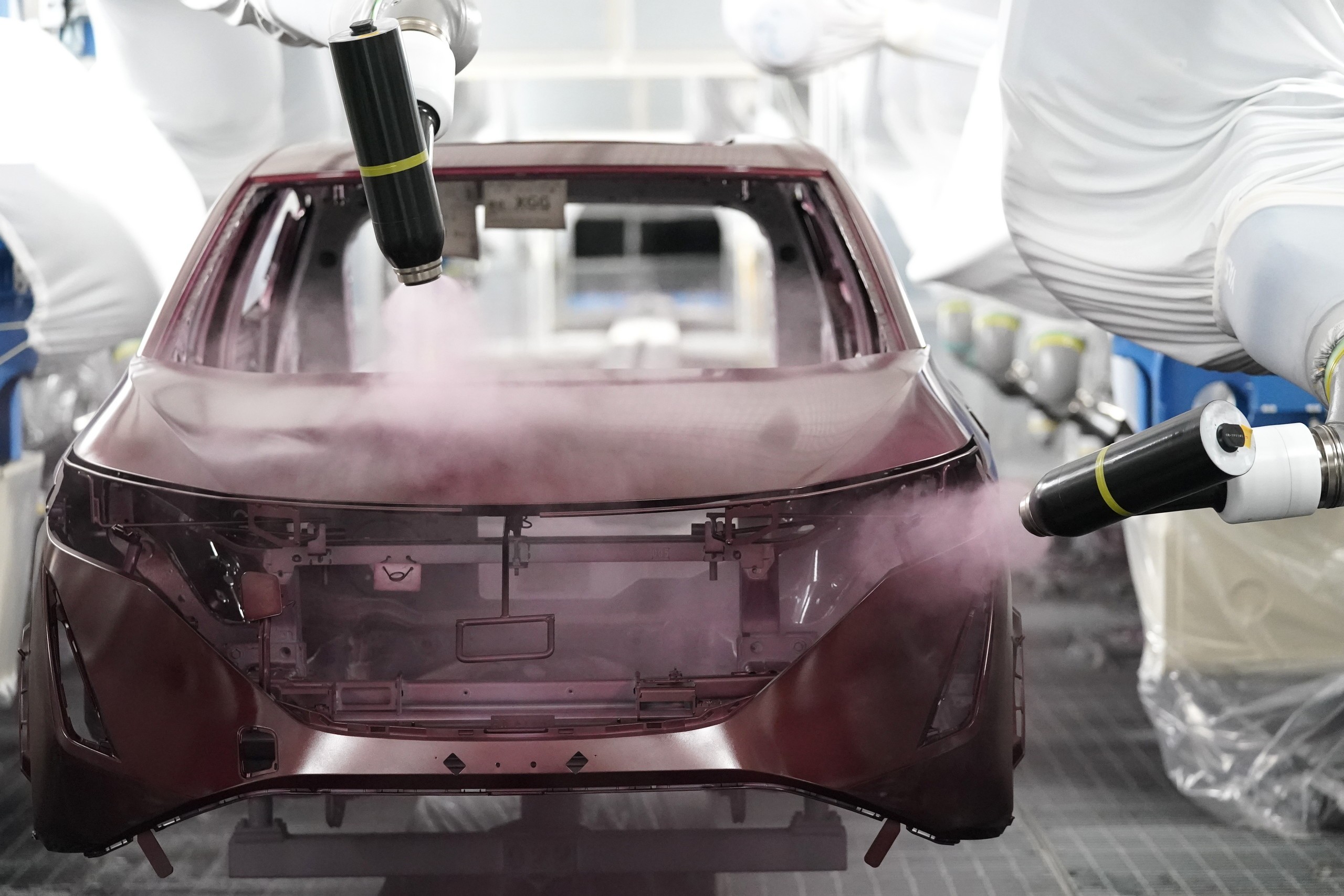Recently, a thought-provoking text challenged my conventional understanding of war strategy and its broader applications. This revelation has led me to a surprising realization: the automotive industry is experiencing a decline in its industrial capacity, a claim that may seem paradoxical given the numerous idle car plants worldwide.
The conversation between Ackerman and Gilman Louie, a tech venture capitalist, serves as a catalyst for this discussion. Louie’s question about the technological superiority of World War II forces Ackerman, a decorated Marine with extensive combat experience, to reconsider the true nature of modern warfare.

This realization underscores the urgent need to address the evolving world of industrial capacity and its impact on global competitiveness. The retired Marine’s argument hinges on the idea that raw industrial capacity often trumps technological sophistication. He posits that the Allies’ victory in World War II was secured not by superior technology, but by their ability to mass-produce inferior yet effective weaponry.
Similarly, he points to the Ukrainian conflict, where cheap Chinese drones have proven more impactful than expensive M1 Abrams tanks. This, he argues, underscores the importance of quantity over quality. The Cold War era, marked by a nuclear arms race, further exemplifies this principle.
Both the US and the USSR invested heavily in developing increasingly sophisticated and destructive weapons, primarily as a deterrent. However, the actual use of these weapons was never a realistic option, as it would have led to global catastrophe. The true power lay in the sheer number of these weapons, rather than their destructive capabilities.
As the Cold War ended, conflicts reverted to more conventional forms, where industrial capacity once again became a critical factor. The automotive industry, in particular, offers contrasting examples of this principle.

While Henry Ford’s Model T, a relatively simple and affordable vehicle, revolutionized the industry through mass production, the Tata Nano, despite its innovative design and low cost, failed to capture the market due to various factors, including reliability issues and negative perceptions.
These examples highlight the importance of balancing technological advancement with practical considerations. While technological innovation can certainly provide a competitive edge, it must be coupled with factors such as affordability, reliability, and market demand.
Ultimately, true industrial capacity lies in the ability to produce products that are not only technologically advanced but also meet the needs and desires of consumers.

